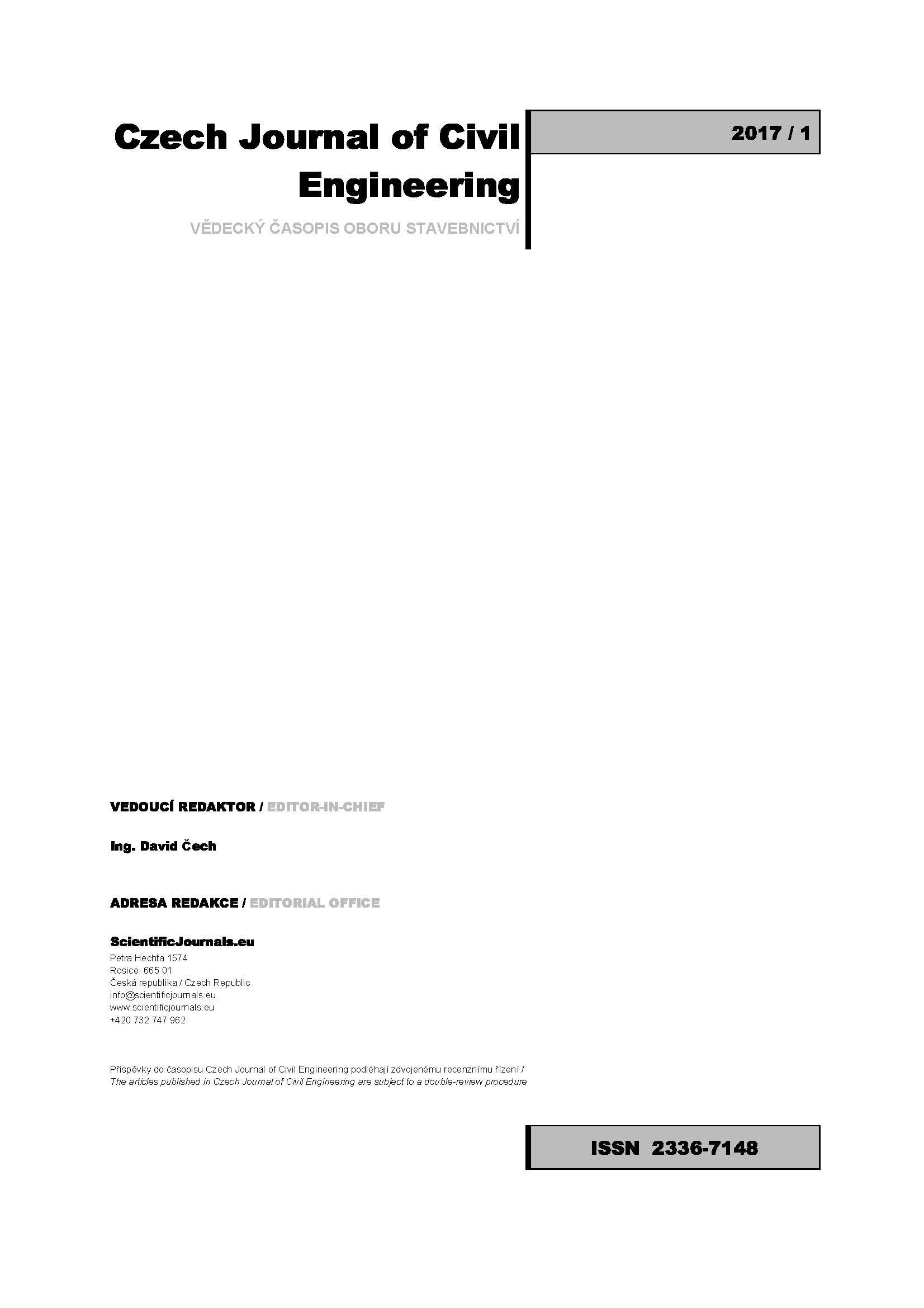INFLUENCES OF RANGE AND INCIDENCE ANGLE ON MEASUREMENTS OF A FULL-WAVEFORM TERRESTRIAL LASER SCANNER VZ - 400
DOI:
https://doi.org/10.51704/cjce.2017.vol3.iss1.pp78-83Keywords:
Full-waveform terrestrial laser scanner, range, incidence angle, amplitude, reflectanceAbstract
Full-waveform terrestrial laser scanning is a recent technology which is able to digitize and record the complete waveform of the backscattered echo. It gives additional information about the structure and physical backscattering properties of the illuminated surface (reflectance and geometry). Some authors focus on the data quality of a terrestrial laser scanner. Some of them are interested in the influence of the materials on the measurements of a full-waveform terrestrial laser scanner. Most of them are interested in the geometrical accuracy of the scanner (errors of instrumental axis, range accuracy using target, etc.). The aim of this article is to find out the influences of target geometry on the measurement of the full waveform terrestrial laser scanner VZ – 400. The emphasis was put on the influence of range to target and incidence angle.
Metrics
References
HARTZELLl, P.J., GLENNIE, C., L., FINNEGAN, D., C., 2013. Calibration of a terrestrial full waveform laser scanner. Proc. ASPRS Annual Conference, Baltimore MD, pp 24-28.
CARREA, D., ABELLAN, A., HUMAIR, F., MATASCI, B., DERRON, M.-H., JABOYEDOFF, M., 2016. Correction of terrestrial LiDAR intensity channel using Oren–Nayar reflectance model: An application to lithological differentiation. ISPRS Journal of Photogrammetry and Remote Sensing, 113, pp. 17-29.
WAGNER, W., 2010. Radiometric calibration of smaill-footprint full-waveform airborne laser scanner measurements: basic physical concepts. ISPRS Journal of Programmetry and Remote Sensing, 65, pp 505-513.
Instruction manual of VZ – 400.
Downloads
Published
How to Cite
Issue
Section
License
Copyright (c) 2023 Eva Kučerová

This work is licensed under a Creative Commons Attribution-NonCommercial-NoDerivatives 4.0 International License.
Creative Commons Attribution-NonCommercial-NoDerivatives 4.0 International Public License
Articles published in Czech Journal of Civil Engineering are licensed using Creative Commons License. Except where otherwise noted, individual articles in the Czech Journal of Civil Engineering are licensed under a Creative Commons Attribution-NonCommercial-NoDerivatives 4.0 International (CC BY-NC-ND 4.0).









